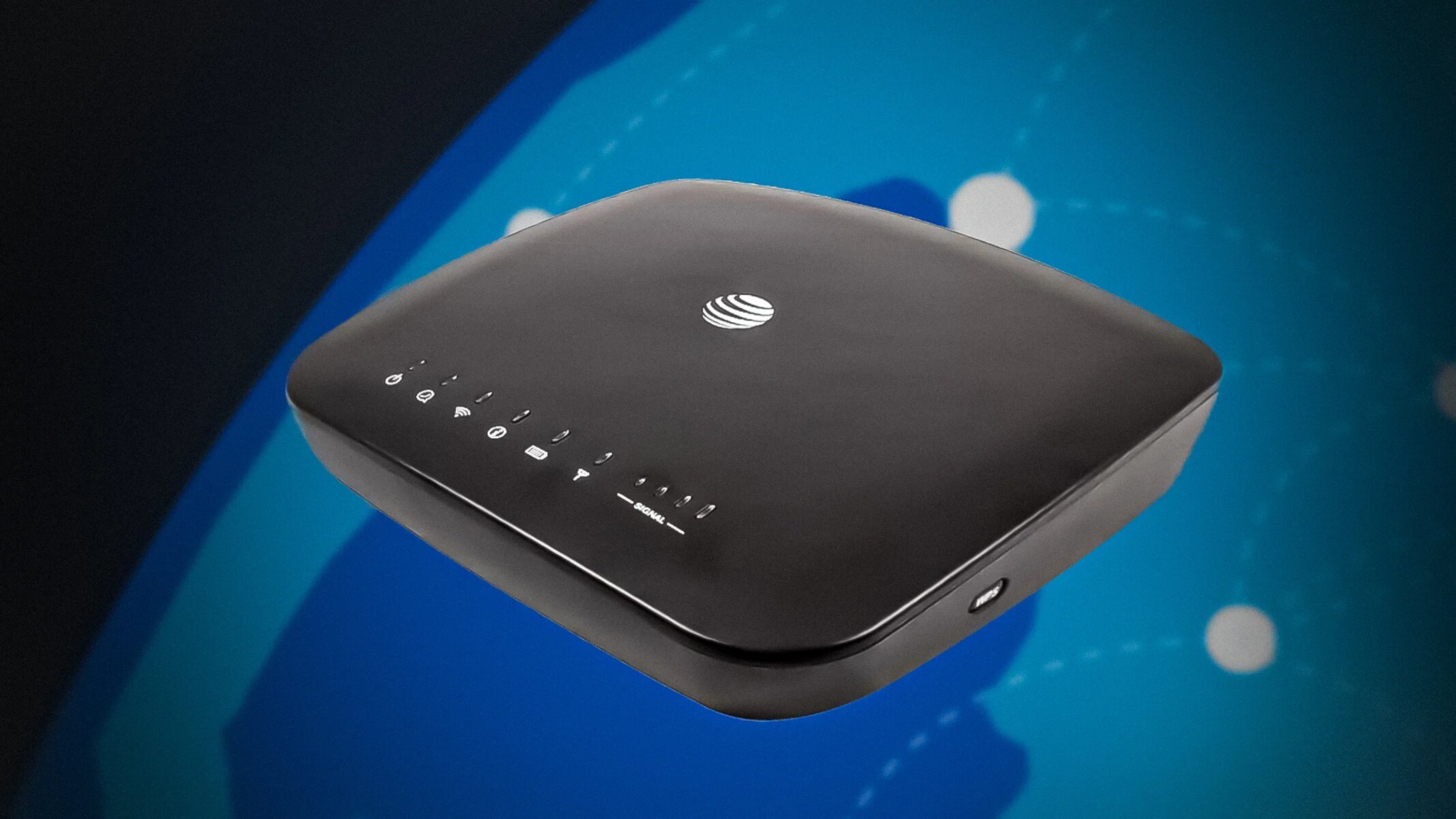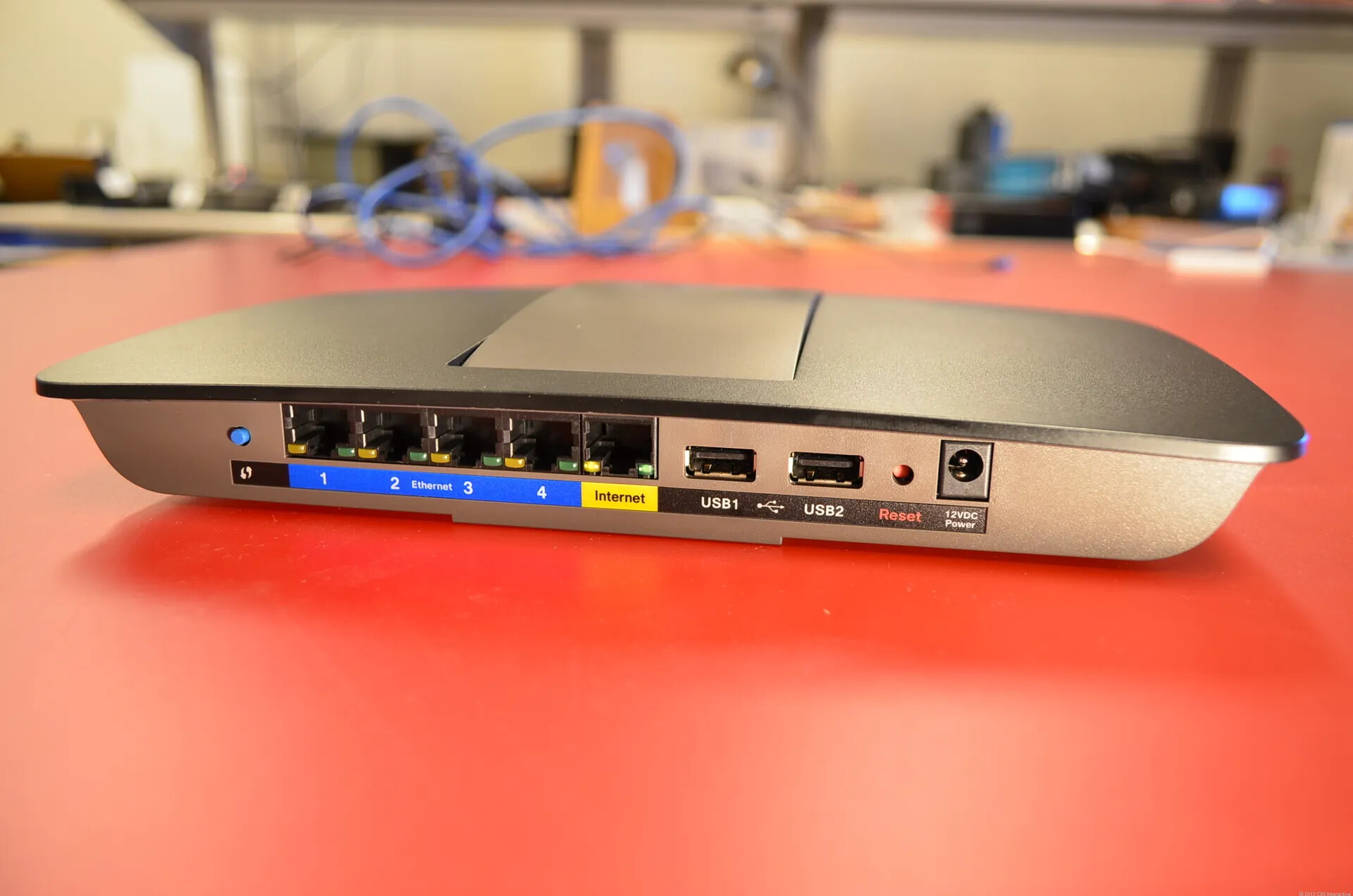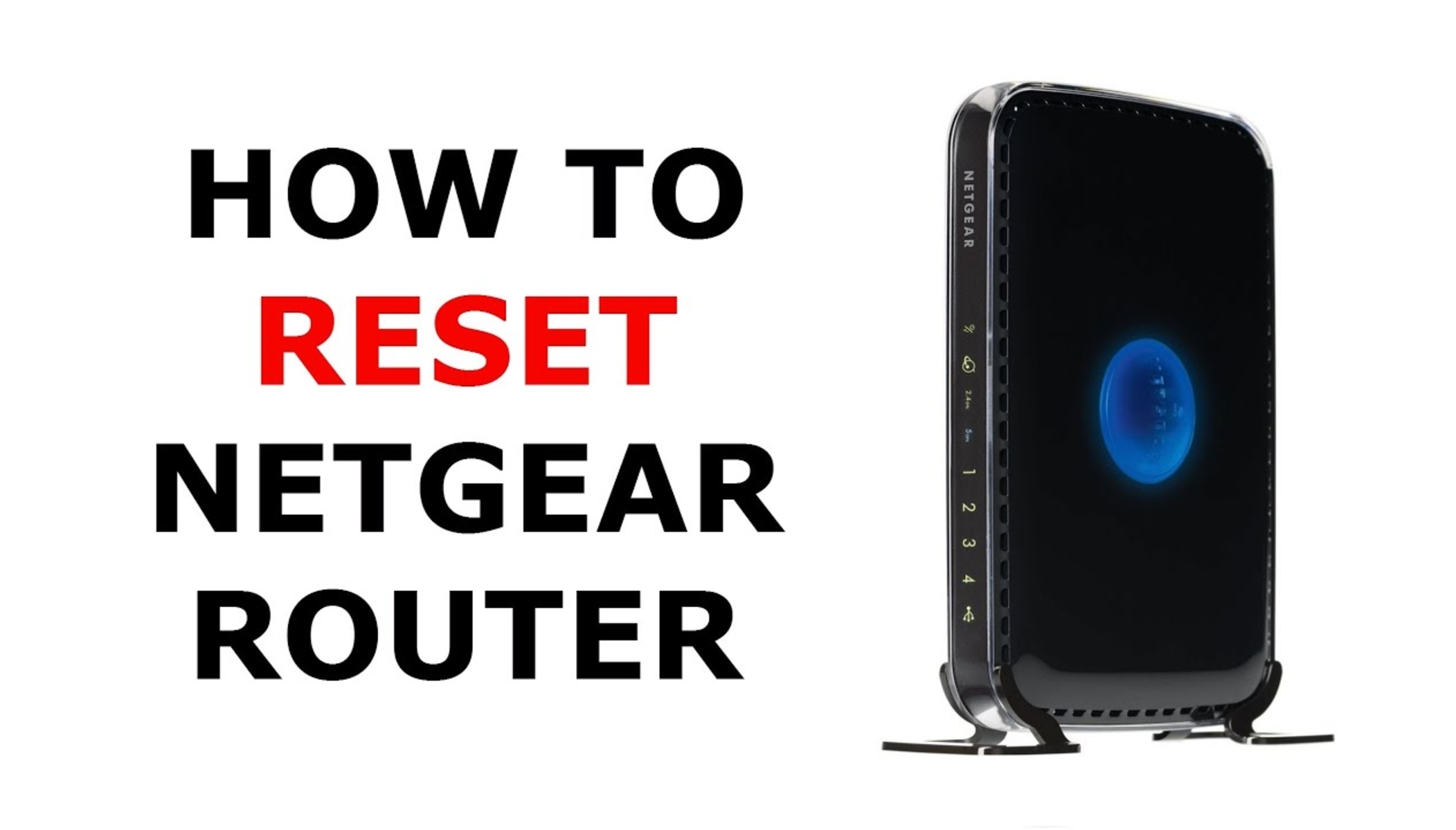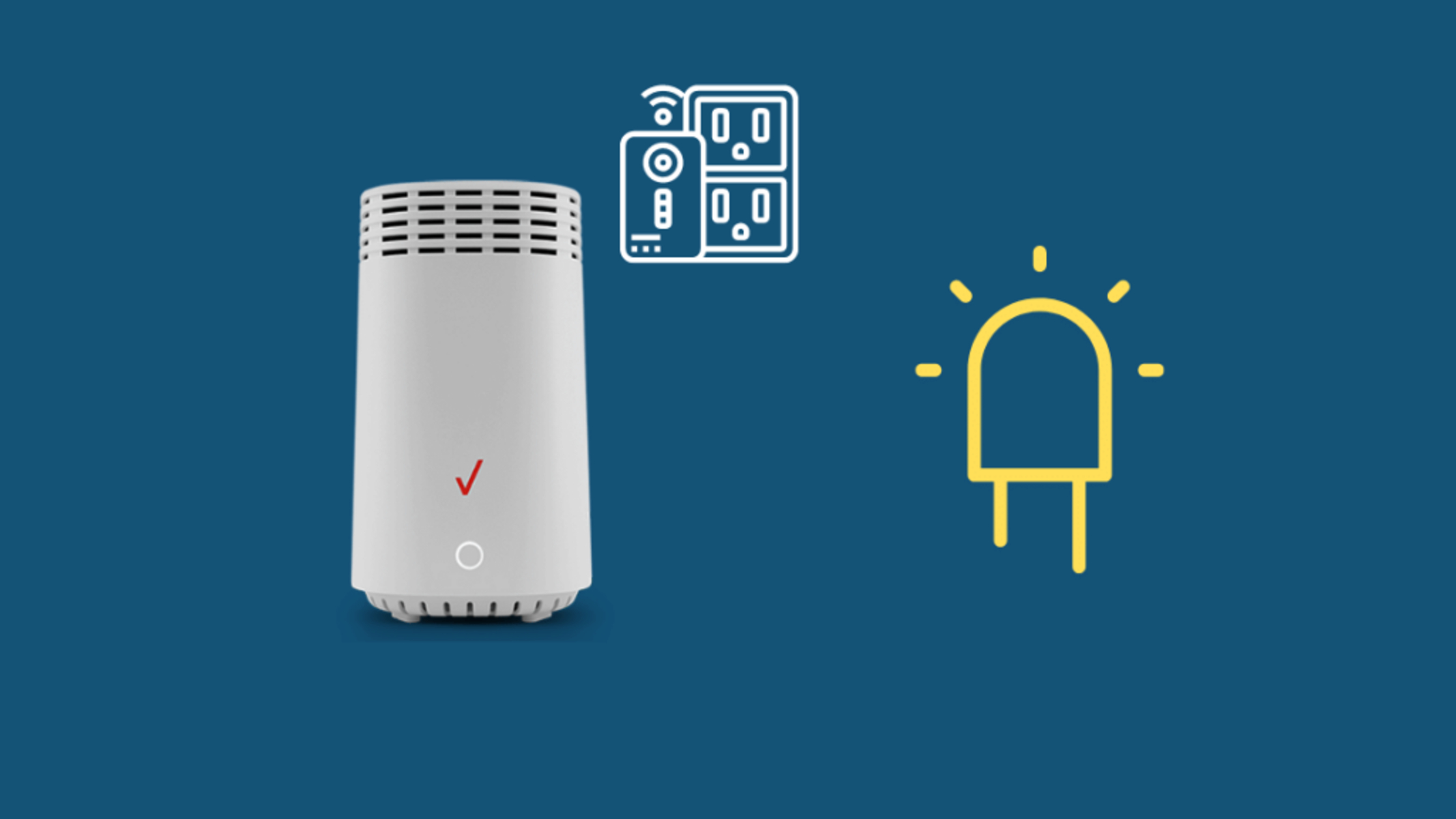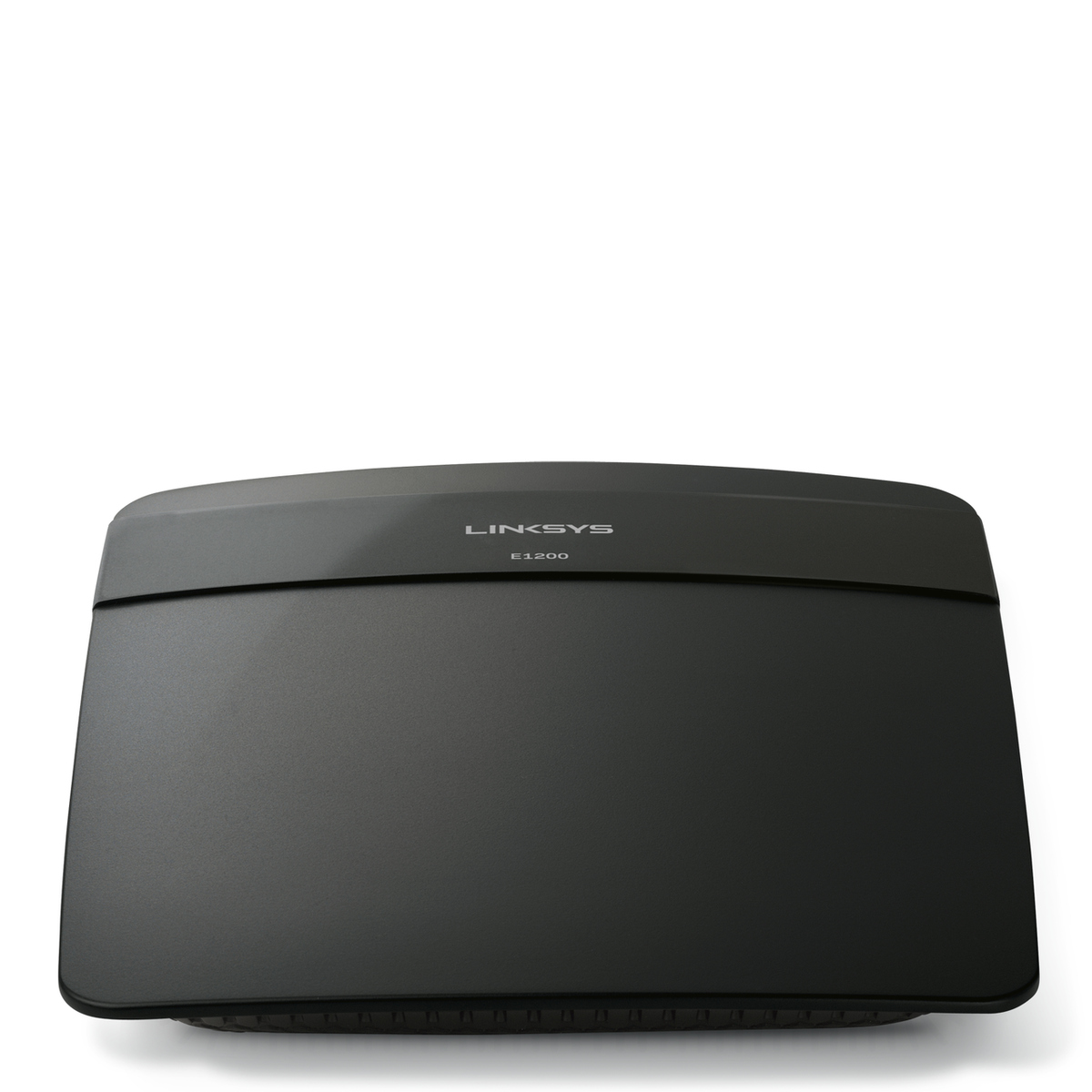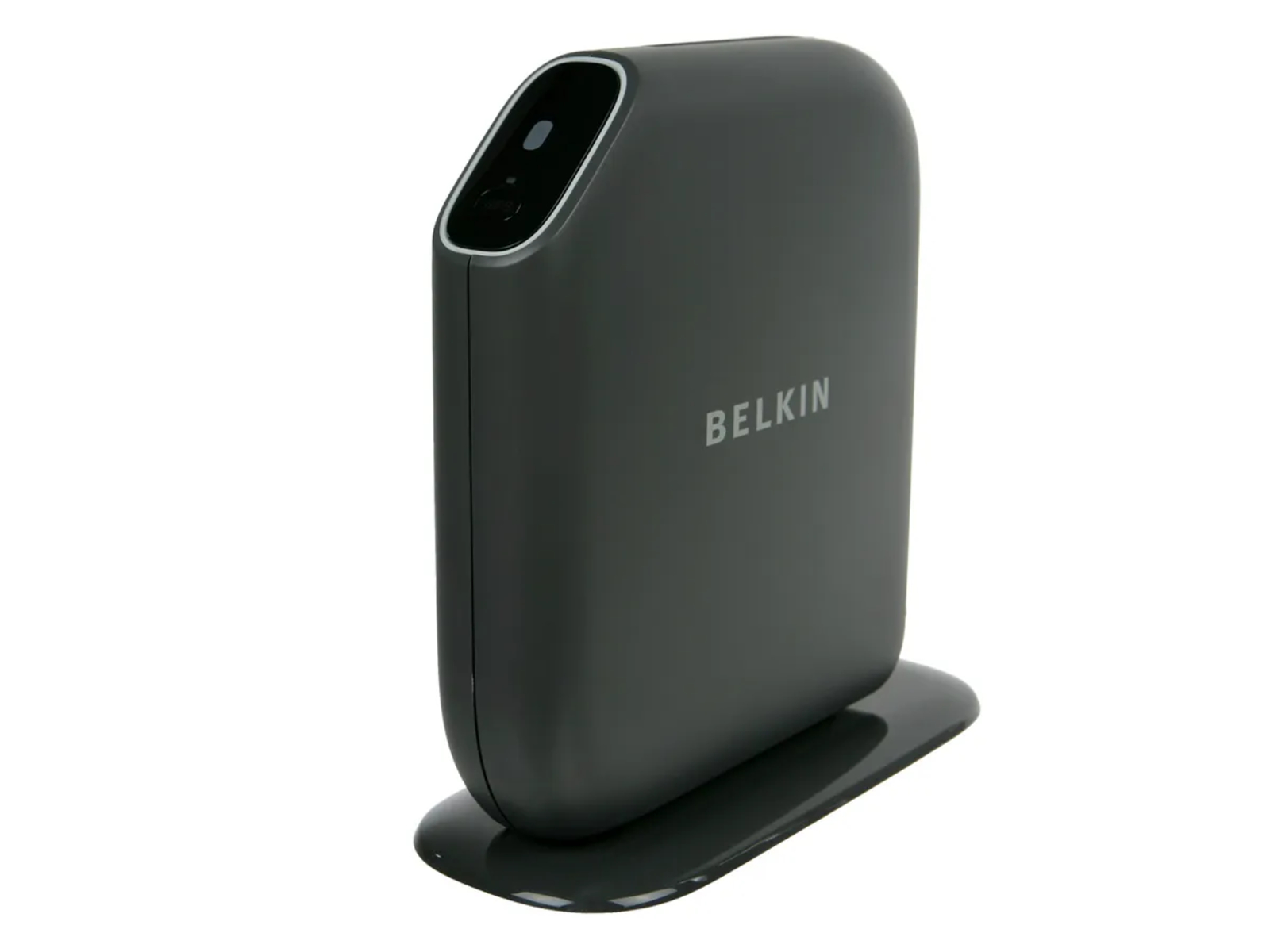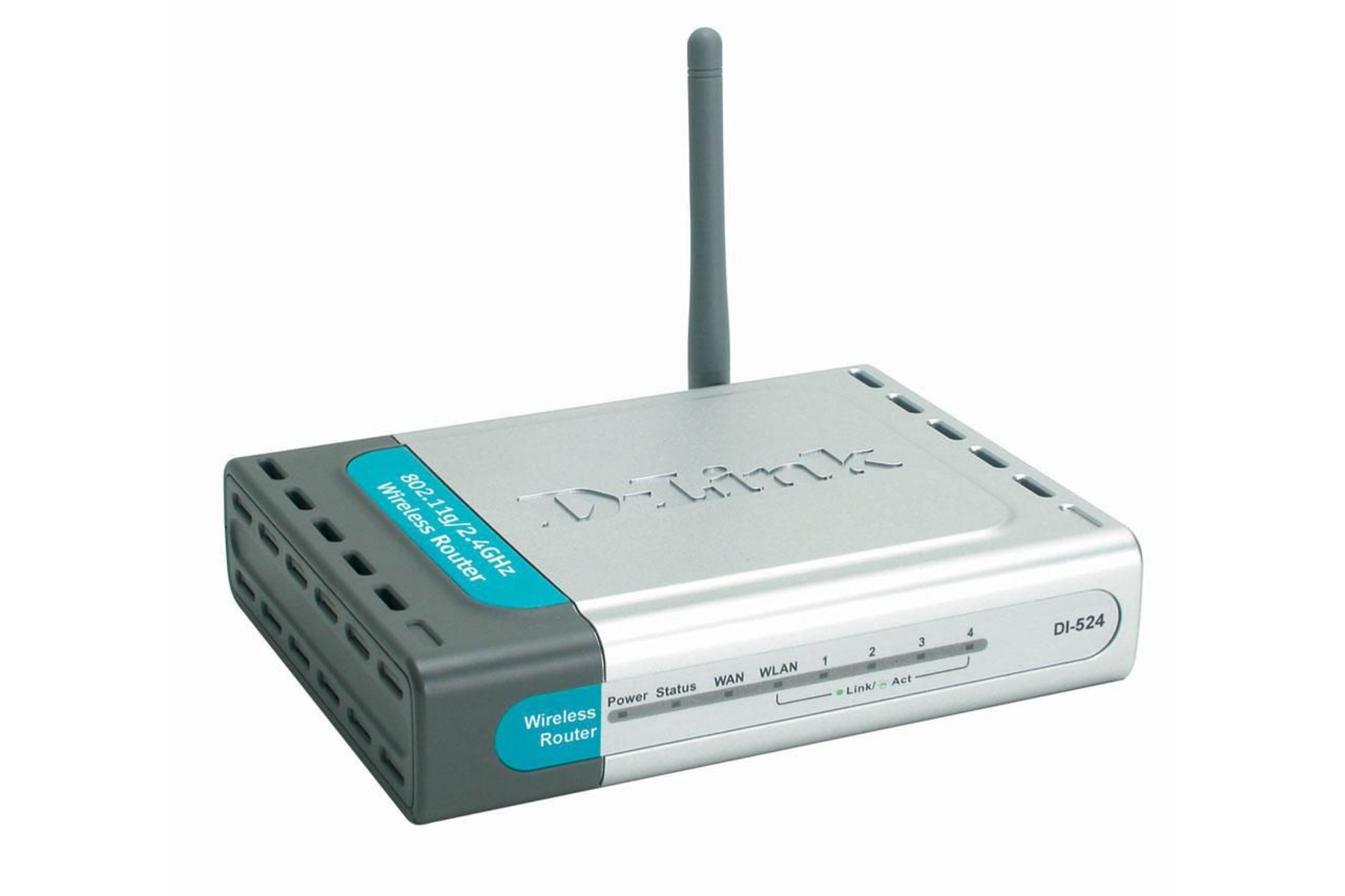Introduction
Are you experiencing issues with your AT&T wireless router? Is your internet connection slow or inconsistent? It might be time to consider resetting your router. Resetting your AT&T wireless router can help resolve various connectivity issues and improve the performance of your network.
In this guide, we will walk you through the process of resetting your AT&T wireless router. Whether you’re a beginner or have some technical knowledge, you’ll find this step-by-step tutorial easy to follow. By the end, you’ll have a fresh start with your router and be able to enjoy a faster, more stable internet connection.
Before we dive into the details, let’s understand why a reset might be necessary and how it can benefit you.
AT&T wireless routers, like any other electronic devices, can experience software glitches, cache or memory issues, or conflicts with other connected devices. These issues can result in slow internet speeds, frequent disconnects, or difficulty accessing certain websites. Resetting your router clears these temporary issues and restores your router to its default settings.
It’s important to note that resetting your router should be considered a last resort. Before proceeding with a reset, try basic troubleshooting steps like power cycling your router, checking cables, and updating firmware. If these steps don’t improve your network performance, a reset may be necessary.
Why do you need to reset your AT&T wireless router?
There are several reasons why you might need to reset your AT&T wireless router. Understanding these reasons can help you determine if a reset is the right solution for your network issues.
1. Internet Connectivity Problems: If you’re experiencing frequent drops in your internet connection, slow speeds, or difficulty accessing certain websites, a reset can help resolve these issues. When you reset your router, it clears any temporary glitches or errors that might be affecting your connection.
2. Router Performance Issues: Over time, a router can develop performance issues due to software conflicts, memory overload, or outdated firmware. Resetting the router clears any software glitches or conflicts, giving your router a fresh start. This can help improve its performance and overall stability.
3. Network Security Concerns: If you suspect that your router has been compromised or accessed by unauthorized users, a reset can help restore it to its default settings. This ensures that any potential backdoors or unauthorized configurations are removed, providing enhanced security for your network.
4. Configuration Errors: Sometimes, when you make changes to your router’s settings, you may encounter errors or misconfigurations that affect its performance. Resetting the router erases any custom settings and restores it to its default configuration. This can help eliminate any configuration-related issues and allow you to start fresh with the default settings.
5. Troubleshooting with Customer Support: In some cases, when seeking technical support from AT&T customer service, they may advise you to reset your router as part of troubleshooting steps. This is because a reset can often resolve common connectivity issues and help narrow down the root cause of more complex problems.
Remember, resetting your AT&T wireless router should be done as a last resort after attempting other basic troubleshooting steps. It’s always recommended to consult AT&T customer support or refer to the specific instructions provided by AT&T for your router model.
How to reset your AT&T wireless router
Resetting your AT&T wireless router is a straightforward process. Follow these step-by-step instructions to reset your router and restore it to its default settings:
Step 1: Locate the reset button on your router. The location of the reset button may vary depending on your router model. In most cases, the reset button is a small, recessed button located at the back of the router or on the bottom. It is usually labeled “Reset” or represented by an icon.
Step 2: Press and hold the reset button. You will need a small, pointed object such as a paperclip or a pen tip to press and hold the reset button. Use the tool to press and hold the reset button for about 10 seconds. You may need to use some force to ensure the button is pressed down.
Step 3: Release the reset button. After holding the reset button for about 10 seconds, release it. At this point, the router will start the reset process. Make sure not to interrupt the process by unplugging the router or pressing the reset button again.
Step 4: Wait for the router to restart. After releasing the reset button, the router will begin the reset process. It will take a few moments for the router to complete the reset and restart. During this time, the router lights may flash or turn off and on. Be patient and wait for the process to finish.
Step 5: Reconfigure your router settings. Once the router has restarted, it will be restored to its factory default settings. You will need to reconfigure your router’s settings to establish your wireless network and customize any necessary preferences. Consult the user manual or AT&T support resources for instructions on how to set up your specific router model’s configurations.
That’s it! By following these simple steps, you can reset your AT&T wireless router and start fresh with default settings. Remember to reconnect all your devices to the newly reset network, secure it with a strong password, and enjoy a more stable and reliable internet connection.
Step 1: Locate the reset button on your router
The first step in resetting your AT&T wireless router is to locate the reset button. The reset button is a small, recessed button that is typically found at the back of the router or on the bottom. It may be labeled “Reset” or represented by an icon.
To locate the reset button, follow these steps:
1. Check the back of your router: Look for a small button that is often located near the Ethernet ports or power input. The reset button may be recessed to prevent accidental presses.
2. Check the bottom of your router: Some router models have the reset button located on the bottom. Look for a small hole or button that is labeled “Reset.”
3. Refer to the user manual: If you’re unsure about the location of the reset button, consult the user manual that came with your router. The manual will provide detailed instructions and illustrations to help you find the reset button.
Once you have located the reset button, make sure to take note of its position so that you can easily access it when needed. Keep in mind that pressing the reset button will restore your router to its default settings, so proceed with caution.
It’s important to reiterate that the location of the reset button may vary depending on your router model. If you’re unable to find the reset button or if it is not labeled, consult the AT&T support website or contact their customer service for assistance specific to your router model.
Step 2: Press and hold the reset button
Once you have located the reset button on your AT&T wireless router, it’s time to proceed with the reset process. In this step, you will need to press and hold the reset button for a specific duration to initiate the reset.
Follow these instructions to press and hold the reset button:
1. Prepare a small, pointed object: To press the reset button, you will need a small, pointed object such as a paperclip, pen tip, or a pin. Ensure that the object is sturdy and thin enough to fit into the reset button’s recessed area.
2. Position your router: Place your router on a stable surface where you can easily access the reset button. Make sure the router is powered on and connected to a power source.
3. Locate the reset button: As mentioned in the previous step, find the reset button on your router. It is typically a small hole or a recessed button that may be labeled “Reset” or represented by an icon.
4. Press and hold the reset button: Use the small, pointed object to press and hold the reset button. Apply firm but gentle pressure to ensure that the button is fully depressed. Hold the button for approximately 10 seconds.
5. Keep the button pressed: While holding the reset button, you may notice the router lights flicker or turn off. Do not release the button until you have completed the required 10-second duration.
By pressing and holding the reset button, you are initiating a hardware reset of your AT&T wireless router. This process will clear any temporary glitches or errors in the router software and restore it to its default settings.
Remember, the duration of 10 seconds is a general guideline. Some router models may require a shorter or longer duration for the reset process. Consult the user manual or refer to AT&T support resources for specific instructions related to your router model.
Step 3: Release the reset button
After holding the reset button on your AT&T wireless router for the specified duration, it’s time to release the button. This step is crucial to allow the router to proceed with the reset process and restore it to its default settings.
Follow these instructions to release the reset button:
1. Check the duration: Ensure that you have held the reset button for the recommended duration. Typically, this is around 10 seconds, but it can vary depending on your router model. Refer to the user manual or AT&T support resources for precise instructions.
2. Observe the router lights: While holding the reset button, you may have noticed the router lights flicker or turn off. This is normal and indicates that the reset process is being initiated.
3. Release the reset button: Carefully remove your finger or the pointed object from the reset button. Make sure not to accidentally press the button again as it may interrupt the reset process.
4. Wait for the router to restart: Once you have released the reset button, the router will automatically start the reset process. Be patient and allow the router a few moments to fully restart.
During this time, you may notice the router lights going through a sequence of turning off and then back on. This is a normal part of the reset process and indicates that the router is restoring its default settings.
It’s important to avoid interrupting the reset process by unplugging the router or pressing the reset button again. Doing so may cause unexpected issues or prevent the router from fully resetting.
Now that you have released the reset button, the next step is to wait for the router to complete the reset process and restart. Once the router has fully restarted, you can proceed with reconfiguring its settings to establish your wireless network.
Step 4: Wait for the router to restart
After releasing the reset button on your AT&T wireless router, you need to give it some time to complete the reset process and restart. This step is crucial, as the router needs to restore its default settings and ensure that all changes are implemented.
Follow these instructions to wait for the router to restart:
1. Be patient: Once you have released the reset button, avoid any temptation to interrupt the process. Give the router ample time to complete the reset and restart, as this may take a few moments.
2. Observe the router lights: During the restart process, you may notice the router lights flashing or turning off and on in a sequence. This is a normal part of the reset process and indicates that the router is restoring its default settings.
3. Do not unplug or power off the router: It’s important to ensure that the router remains powered on and connected to a power source. Avoid unplugging the router or turning it off during the restart process, as this may disrupt the reset and cause unexpected issues.
4. Wait for the router to stabilize: After the restart, give the router a few additional moments to stabilize its connection and fully restore its default settings. This will ensure that any temporary glitches or errors have been cleared.
While waiting for the router to restart, take the time to prepare for the next step, which involves reconfiguring your router settings. Gather any necessary information, such as your network name (SSID) and password, as these will be required during the setup process.
Remember that the time it takes for the router to restart may vary depending on the model and specific configurations. If you have specific concerns or if the restart is taking an unusually long time, consult the user manual or contact AT&T customer support for assistance.
By patiently waiting for the router to restart, you’re allowing it to fully apply the reset and restore its default settings. Once the router has stabilized, you can proceed with the next step of reconfiguring the settings to establish your wireless network.
Step 5: Reconfigure your router settings
After the AT&T wireless router has completed the reset process and restarted, you will need to reconfigure its settings to establish your wireless network. This step involves customizing the necessary preferences and ensuring the security of your network.
Follow these instructions to reconfigure your router settings:
1. Access the router’s administration panel: Open a web browser on a device connected to the router’s network. Enter the router’s IP address in the address bar and press Enter. This will typically be something like 192.168.1.1 or 192.168.0.1. Consult your router’s documentation or the AT&T support website for the specific default IP address.
2. Enter the default login credentials: When prompted, enter the default username and password for your router. These credentials are usually provided on a sticker on the router itself or in the user manual. If you have changed the login credentials in the past and cannot remember them, you may have to perform a hard reset to revert to the default settings.
3. Establish your wireless network: Once you have accessed the router’s administration panel, you can proceed to configure your wireless network. Set a unique and secure network name (SSID) that is easy to identify. Choose a strong password to protect your network from unauthorized access.
4. Configure additional settings: Depending on your specific needs and preferences, you may want to configure additional settings, such as port forwarding, parental controls, or Quality of Service (QoS) settings. These settings can enhance the functionality and security of your router. Refer to the user manual or seek guidance from AT&T support for instructions on configuring these settings.
5. Save and apply the settings: After making the necessary configurations, save the settings in the router’s administration panel. This will apply the changes and update your router with the new configurations. Allow the router a few moments to process the changes and ensure that they are successfully applied.
Once you have reconfigured your router settings, your AT&T wireless network should be up and running with the new configurations. Test the connection by connecting to the network on your devices and ensuring that the internet connection is stable and secure.
Remember to keep a record of your new network name (SSID) and password in a safe place, as you may need them for future reference or when connecting new devices to your network.
By reconfiguring your router settings, you have successfully completed the reset process and personalized your AT&T wireless network to suit your specific requirements.
Conclusion
Resetting your AT&T wireless router can be a simple and effective solution to resolve connectivity issues, improve performance, and ensure the security of your network. By following the step-by-step instructions outlined in this guide, you can easily reset your router and restore it to its default settings.
Remember, a reset should only be considered after trying basic troubleshooting steps and consulting with AT&T customer support. It’s important to note that resetting your router will erase any custom settings and configurations, so it’s crucial to have them backed up or be prepared to reconfigure them.
Once you have reset your AT&T wireless router and reconfigured the settings, test your network connection to ensure that everything is functioning as expected. If you encounter any further issues or have any questions, don’t hesitate to reach out to AT&T support for assistance.
By regularly maintaining your router, keeping the firmware updated, and implementing strong security measures, you can ensure a reliable and secure wireless network that meets your needs. Remember to check for any firmware updates periodically and adjust your settings as required.
With a freshly reset AT&T wireless router and optimized settings, you can enjoy a stable and secure internet connection for all your online activities. Whether you’re streaming, gaming, or simply browsing the web, a properly functioning router is essential for a seamless and enjoyable online experience.
Thank you for following this guide on how to reset your AT&T wireless router. We hope it has been helpful in resolving any network issues you may have encountered and optimizing your internet connection. Here’s to a fast and reliable wireless network!







